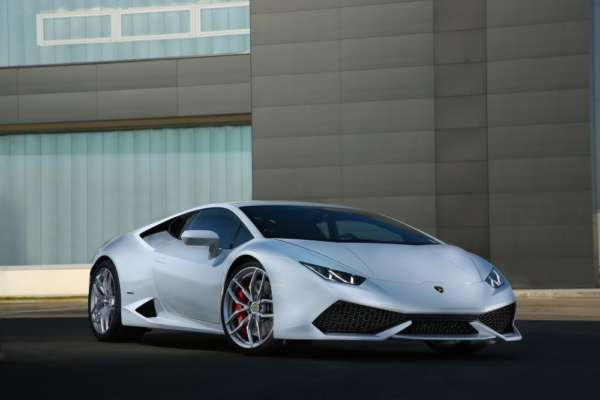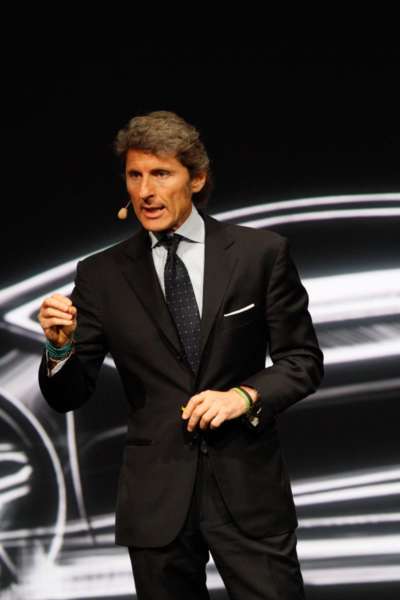Automobili Lamborghini has unveiled the new Lamborghini Huracán LP 610-4, the successor to the highly successful Gallardo, at this year’s Geneva Motor Show.
Talking about the new car, Stephan Winkelmann, President and CEO of Automobili Lamborghini said: “With the Huracán, Lamborghini is writing the next chapter in its great history.“
With 14,022 units produced, the Gallardo is the most successful Lamborghini model ever made. During its ten-year production run, it helped the brand to garner unparalleled success. In true Lamborghini tradition, the successor to the Gallardo also takes its name from the world of bullfighting: Huracán was a fighting bull of the Spanish Conte de la Patilla breed who fought in August 1879 in Alicante. His unyielding character made him invincible.
The starting point of Hurancan’s design process was its silhouette. The objective was to define the car with a single line stretching from the front end over the passenger cell to the rear. The side windows take on a hexagonal form. All lights, including the main headlamps, comprise of LEDs.
The Lamborghini Huracan interiors are as striking as its exterior. The 12.3-inch TFT display can be configured in a number of different modes and provides the driver with all key information in a virtual format. The interior can be extensively individualized.
The newly conceived hybrid chassis of the Huracán LP 610-4 comprises of carbon-fiber and aluminum components. The ultralight chassis forms the basis for the vehicle’s low dry weight of 1,422 kilograms; and with its excellent stiffness, guarantees the handling precision of a track-oriented car.
The new V10 engine displaces 5.2 liters and produces a power output of 448 kW / 610 hp at 8,250 rpm and a maximum torque of 560 Nm at 6,500 rpm. The new “Iniezione Diretta Stratificata” combines direct and indirect injection – achieving an increase in power and torque compared with the Gallardo and a decrease in fuel consumption and emissions.
The Huracan has a top speed of more than 325 km/h and the car accelerates from zero to 100 km/h in 3.2 seconds and zero to 200 km/h in 9.9 seconds. Thanks in part to the Stop & Start technology, ECE average fuel consumption has dropped to 12.5 liters per 100 km (290 g CO2 per km).


